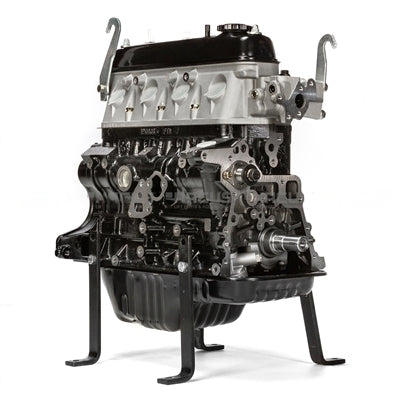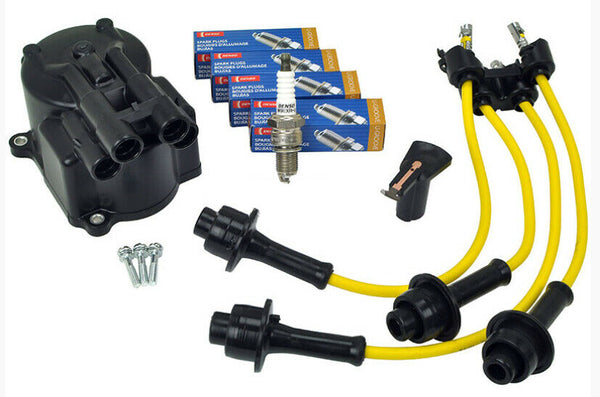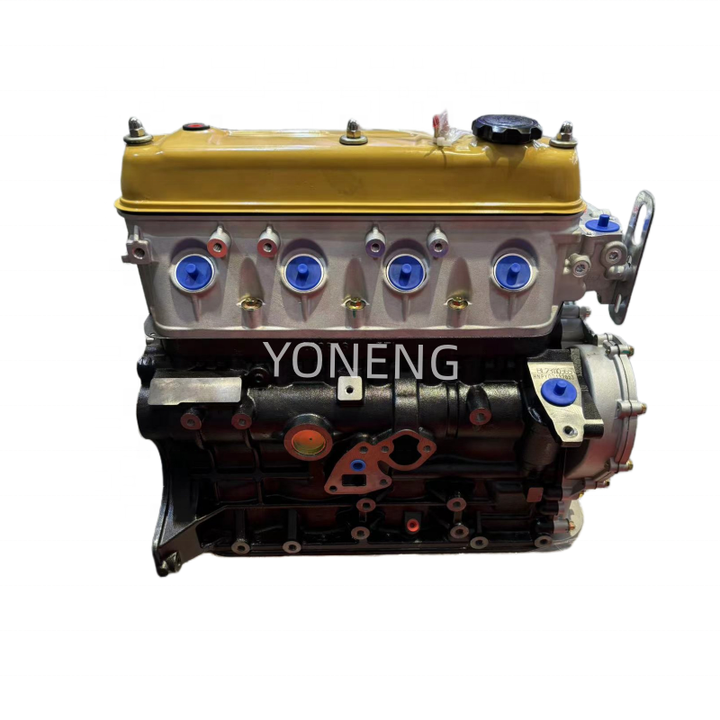The Role of the 4Y Engine in the Automotive Industry’s Evolution
The Role of the 4Y Engine in the Automotive Industry’s Evolution
Blog Article
Why the Engine Is the Ideal Choice for Efficiency and Performance in Your Cars And Truck
The engine remains an essential component in automobile style, mostly due to its significant influence on both performance and effectiveness. As innovations in technology enable smaller sized engines to provide impressive power while optimizing gas economy, the combination of features such as turbocharging and crossbreed systems comes to be progressively important. These technologies not only boost driving experience but additionally address environmental worries. Nevertheless, the question develops: exactly how do these components integrate to redefine our understanding of auto efficiency? Exploring this equilibrium discloses deeper understandings right into the future of engine layout.
Understanding Engine Kind
Comprehending the various kinds of engines is critical for optimizing efficiency and effectiveness in auto layout. The key engine kinds include inner burning engines (ICE), electrical engines, and crossbreed systems, each offering distinctive advantages and limitations.
Interior combustion engines, which can be more classified right into fuel and diesel variants, depend on the combustion of gas to generate power. Gas engines normally supply higher RPMs and much better velocity, while diesel motor are known for their torque and gas performance, making them ideal for durable applications.
Electric engines, on the other hand, make use of electric motors powered by batteries or fuel cells. They use instant torque delivery, resulting in smooth acceleration and lower discharges. The efficiency of electric engines is dramatically greater than that of ICEs, making them a preferred option for eco-conscious consumers.
Hybrid systems integrate both interior burning and electric engines, leveraging the toughness of both technologies. They maximize fuel intake by utilizing electric power at reduced rates and changing to gas or diesel for higher rates or larger loads.
Picking the ideal engine type is important for attaining wanted performance metrics and ecological sustainability in modern-day automotive design.
The Influence of Engine Size
Engine dimension frequently plays a pivotal function in establishing an automobile's efficiency and efficiency. Generally determined in liters or cubic centimeters, engine size straight affects the power outcome and torque attributes of a vehicle. Larger engines typically generate more horse power, enabling better acceleration and higher leading rates. This is particularly useful in applications calling for robust performance, such as cars and heavy-duty vehicles.
However, boosted engine size often correlates with lessened fuel efficiency. Smaller sized engines can deliver ample efficiency for daily driving while advertising much better effectiveness, making them a prominent choice in portable and mid-size cars.
Additionally, advancements in engine style, such as turbocharging and straight fuel injection, permit smaller engines to achieve power levels comparable to their larger counterparts. This fad emphasizes the importance of not only concentrating on engine dimension yet also taking into consideration overall vehicle style and innovation (4y engine). Ultimately, the effect of engine size on efficiency and efficiency emphasizes the demand for consumers to evaluate their specific driving requirements and preferences when picking a car
Advanced Engine Technologies
Advancements in engine modern technologies have dramatically improved the landscape of auto efficiency and efficiency, structure upon the foundational ideas established by engine size. Significantly, advancements such as turbocharging and straight gas injection have actually made it possible for smaller sized engines to deliver power levels formerly connected with larger counterparts. Turbochargers press air going into the engine, enabling for increased power result without a corresponding rise in engine size, while straight shot enhances gas delivery, enhancing burning performance.
Furthermore, variable shutoff timing systems have actually emerged as a critical innovation, permitting engines to adjust shutoff procedure based on driving conditions. This flexibility improves both efficiency throughout acceleration and gas effectiveness during travelling. Hybrid and electrical engine modern technologies better illustrate the change in automotive layout, integrating typical interior burning engines with electrical motors to optimize efficiency while decreasing discharges.
Furthermore, advancements in materials science have led to lighter, extra long lasting engine components, further boosting efficiency and durability. The assimilation of innovative electronics and engine control systems additionally permits real-time modifications, making sure optimum performance throughout various conditions. Jointly, these sophisticated engine modern technologies not only boost automobile performance but also add to a much more lasting automobile future, demonstrating the continuous evolution of engine layout.
Harmonizing Power and Effectiveness
Striking a balance between power and efficiency is critical in modern-day vehicle layout as producers look for to satisfy progressively rigorous exhausts guidelines while satisfying consumer need for performance (4y engine). The challenge lies in maximizing engine features to supply durable power outcome without giving up gas economy
To attain this equilibrium, engineers utilize different approaches, such as turbocharging, which enhances engine power by requiring in more air, allowing for a smaller sized engine variation that enhances gas effectiveness. Variable valve timing modern technologies also play a substantial function, allowing engines to adjust their efficiency qualities based on driving conditions, thus boosting both power and effectiveness.
Additionally, innovations in materials and making techniques have resulted in lighter engine elements, which decrease overall automobile weight and boost gas performance without endangering power. Hybrid technologies have actually likewise arised as a sensible service, combining traditional internal combustion engines with electric powertrains to offer an increase in performance while maintaining lower discharges.

Future Trends in Engine Layout

In addition, the growth of advanced products, such as light-weight composites and high-strength alloys, is readied to reinvent engine components. These materials not only minimize weight yet additionally boost thermal effectiveness, therefore enhancing efficiency. In addition, makers are checking out variable compression ratios, enabling engines to adjust to various driving conditions, enhancing both power output and gas economy.
Even more, the rise of expert system and device discovering in engine style is making it possible for anticipating upkeep and real-time efficiency optimization. This modern technology can lead to engines that self-adjust for maximum performance based on driving patterns.

Verdict
In final thought, her comment is here the engine serves as an essential element in accomplishing optimal efficiency and effectiveness in modern-day vehicles. The interaction in between engine dimension and style continues to advance, driving innovations that stabilize exciting performance with ecological sustainability.
Furthermore, innovations in engine style, such as turbocharging and direct gas injection, enable smaller sized engines to accomplish power levels equivalent to their larger equivalents.Developments in engine technologies have dramatically reshaped the landscape of automotive efficiency and efficiency, building upon the foundational ideas developed by engine size. Turbochargers compress air entering the engine, enabling for raised power outcome without a corresponding boost in engine dimension, while straight injection enhances fuel delivery, improving burning efficiency.
Hybrid and electric engine technologies additionally highlight the shift in vehicle design, integrating typical interior combustion engines with electrical motors to take full advantage of effectiveness while decreasing exhausts.
Jointly, these sophisticated engine technologies not just enhance vehicle efficiency yet additionally contribute to a much more lasting automobile future, showing the recurring development of engine layout. (4y engine)
Report this page